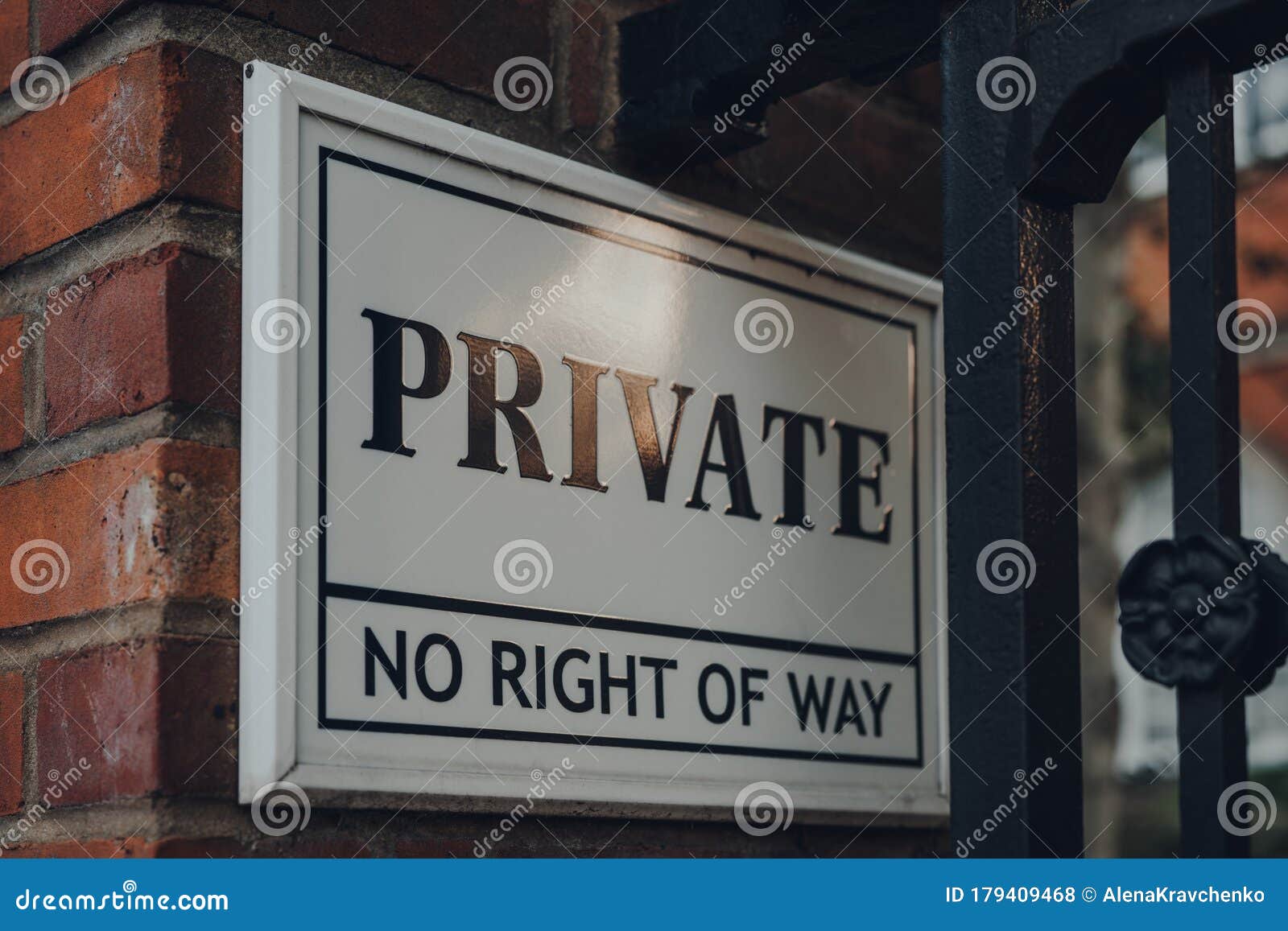
August 22, 2024
Drain Systems In Retaining Wall Surfaces: Preventing Water Damages
Maintaining Wall Surface Drainage: What Is It & Why It Matters? Therefore, applying an approach to alleviate this pressure is vital to the longevity of any kind of retaining wall. Along with drainage, incline stabilization is also vital for preserving wall construction in Kelowna's sloped environments. Incline stabilization entails the use of dirt supports to prevent dirt movement and erosion. These supports RICS Condition Report can be in the kind of geogrids, soil nails, or rock screws. The dirt reinforcements are set up behind the maintaining wall surface to stabilize the soil and avoid it from relocating or wearing down.Green Infrastructure: How to Manage Water in a Sustainable Way - NRDC (Natural Resources Defense Council)
Green Infrastructure: How to Manage Water in a Sustainable Way.
Posted: Mon, 04 Mar 2019 08:00:00 GMT [source]


Advantages Of Regular Upkeep:
Consequently, it is necessary to make certain that the fill product enables appropriate water drainage while maintaining wall versatility to adapt to ground activities. In recap, the duty of drain in retaining walls goes beyond mere performance; it plays an important duty in guaranteeing both aesthetic and functional success. Whether handling water pressure, dirt erosion, or style considerations, a properly designed water drainage system is an indispensable component of any keeping wall job. Correct drainage is essential for the long life and efficiency of retaining walls. In this write-up, we will certainly check out some options for keeping walls and water drainage in Kelowna's wet and sloped environments. Preserving the appropriate drainage for concrete keeping wall surfaces is crucial for their longevity and structural toughness.Weep Holes And Their Device
Regulatory conformity makes certain that drainage systems fulfill local and federal guidelines, safeguarding natural resources. Water buildup behind a maintaining wall surface can trigger significant problems, such as soil saturation. Saturated dirt enhances the weight and stress on the wall, risking architectural failing. Proper drain makes sure that water does not pool behind the wall surface, keeping dirt security and the wall's strength.- This drain rock that was omitted from the wall is an indispensable product needed for success.
- Poor water drainage design can result in ineffective water monitoring and wall surface failing.
- Simple troubleshooting suggestions for typical drain problems include checking for blockages, making sure correct water flow, and dealing with small repairs quickly.
- A permeable retaining wall is a keeping wall surface that allows water to leak through the wall.
- Unfortunately, a beautiful wall surface can stop working due to the fact that crucial parts of the preserving wall system have actually been left out.
Successful Tasks
We'll help you apply the ideal drain service to safeguard your investment and improve your outside space. By using these specific services, which are made for numerous circumstances, you can be certain that your maintaining wall will last for several years without weakening. Recall that your wall surface will be resistant to any problems associating with water if it has sufficient drainage. One of the significant difficulties endangering drain systems is seepage by fine material into water drainage stones. Dig trenches at key places alongside your preserving wall to store perforated pipe sections and drain rock. These trenches should guide the pipe to a suitable electrical outlet point (such as a storm sewer or natural drainage location) and slope slightly down far from the structure. Most importantly, it is important to thoroughly select and prepare perforated drain pipes along the base of the preserving wall surface. It is very important to organize these pipelines to capture any kind of water that enters from above or seeps through the great material behind the wall. Using waterproofing products calls for surface area prep work, such as cleaning and smoothing the wall. By working in tandem with historic societies, we can access historical records and expert viewpoints, making certain the brought back wall surfaces faithfully reflect the initial masonry methods. This cooperation allows us to protect the wall surface's character, cultural value, and visual value. It is crucial that our interventions stay understanding to the initial style. As a result, we employ craftsmens who possess the abilities to not just understand however recreate the special structural subtleties of these legacy wall surfaces.Does a 4 foot retaining wall surface need drain?
Any type of enhanced wall or walls over 4 ft. (1.2 m) in elevation or with inclines or other additional charges above the wall will certainly require a toe drainpipe. Initially, you can install a perforated drain pipe. This type of pipe is installed along the within or backfilled at the end of the wall.
Social Links